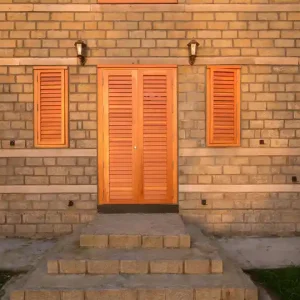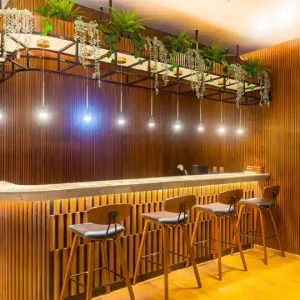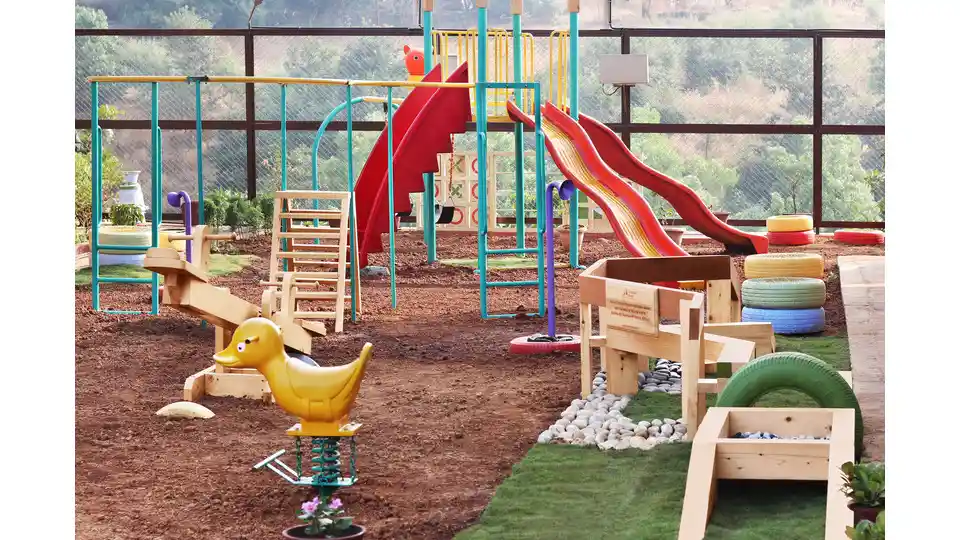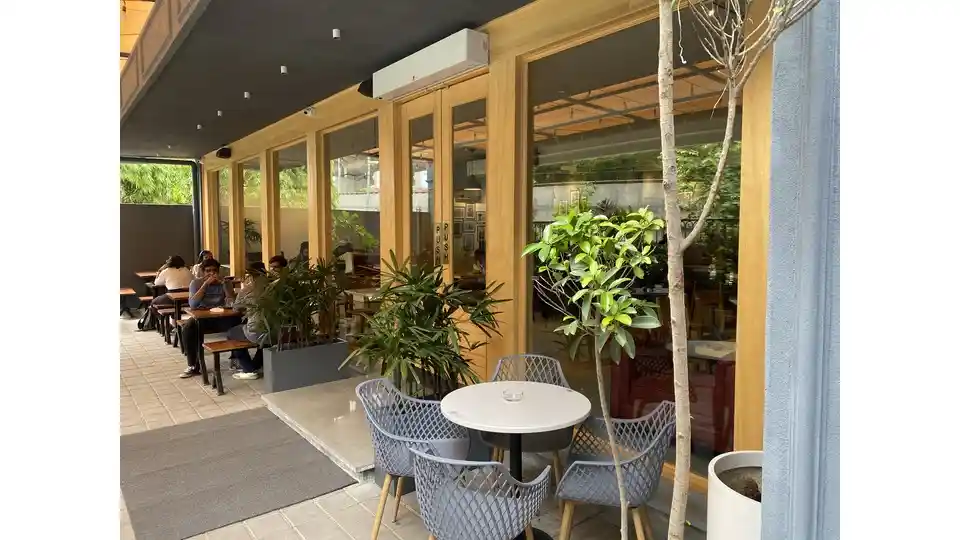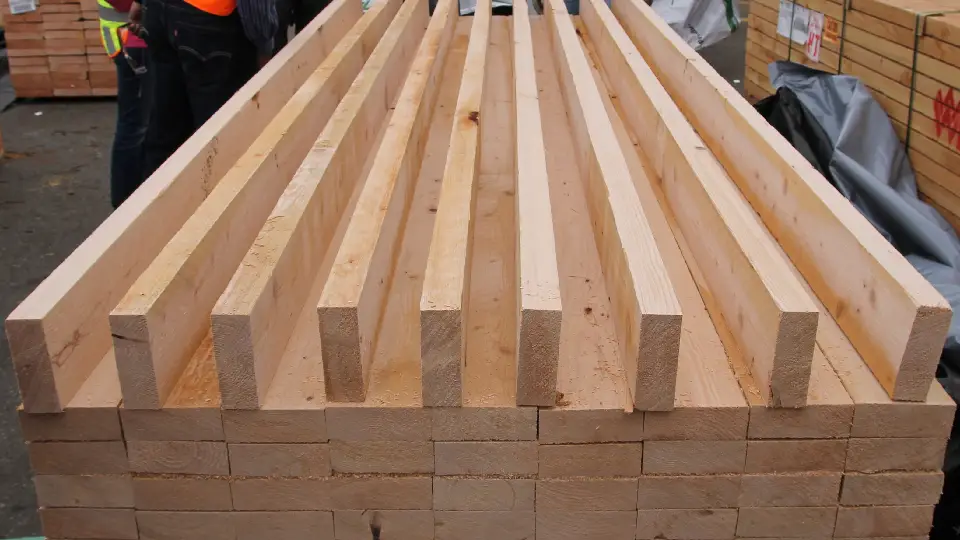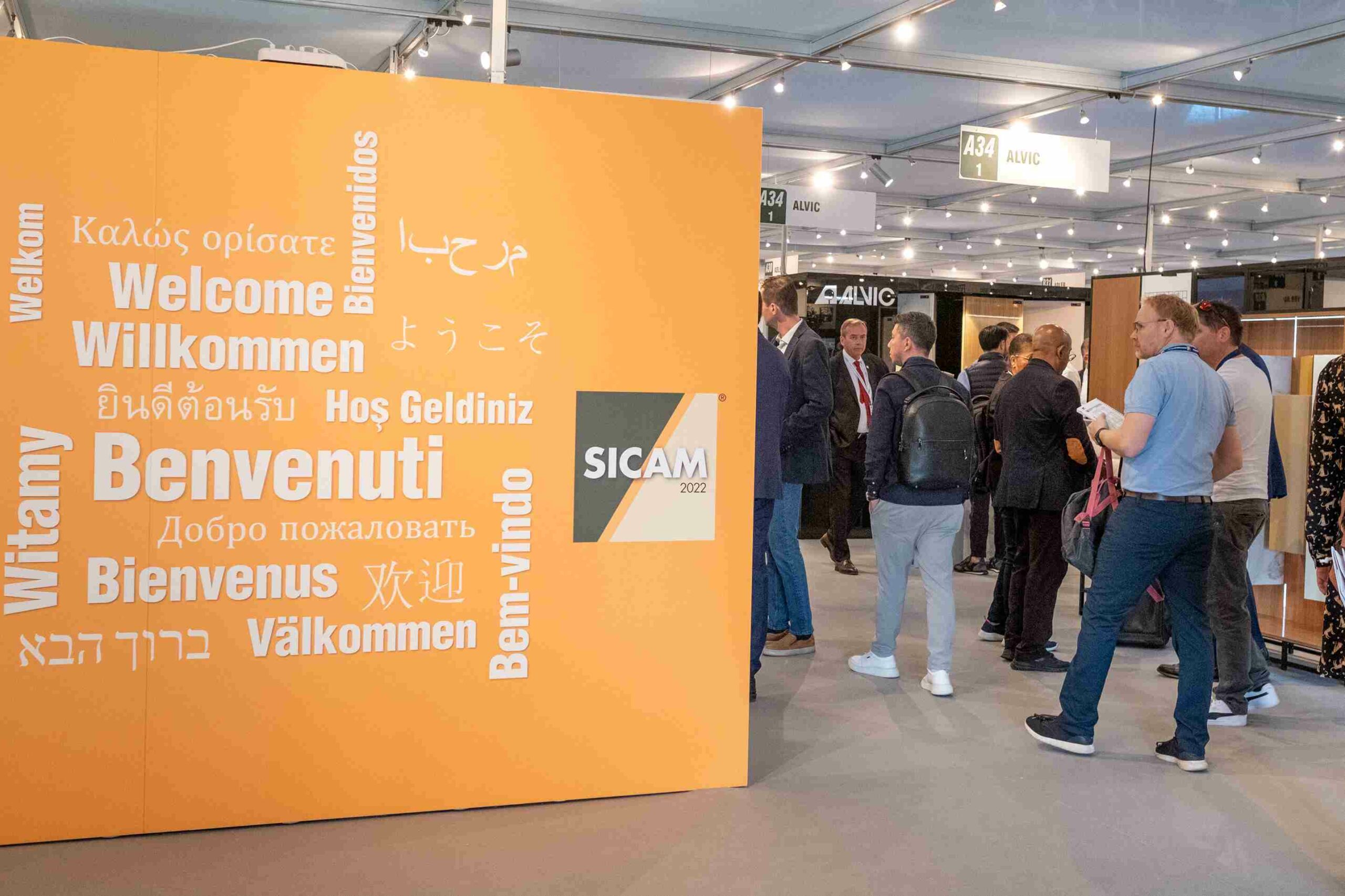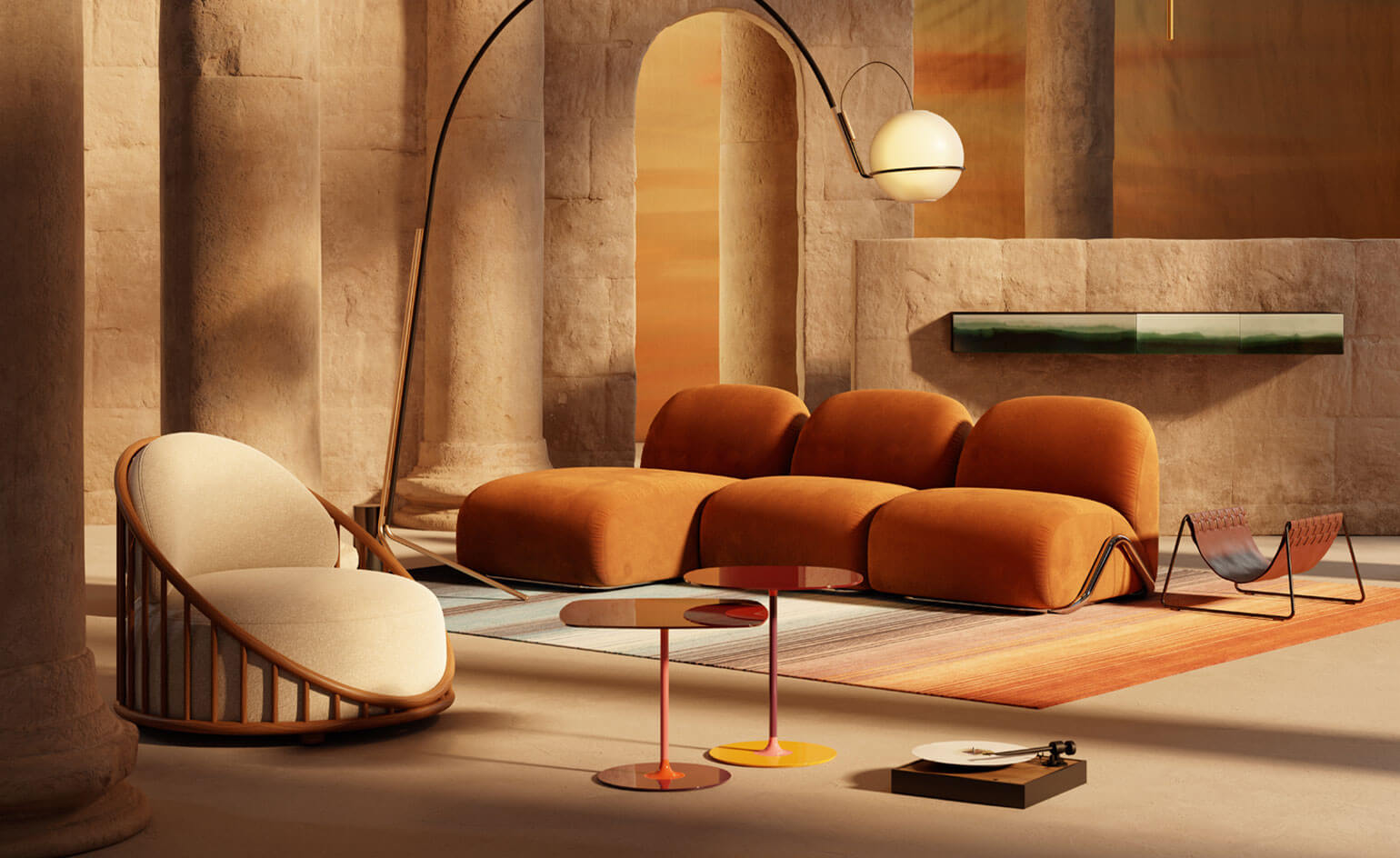The era of sustainability has given a boost to the prominence of responsibly sourced and certified wood in modern building and interior design. Canadian Wood, particularly stands out as the most preferred choice for construction and architectural projects. Sourced responsibly from the vast certified forests of British Columbia, the Canadian Wood timbers comprise five distinct species which are – Douglas-fir, western hemlock, western red cedar, yellow cedar, and spruce-pine-fir (SPF). Canadian Wood products are not only popular due to their versatility across a broad spectrum of applications but also because their responsible sourcing sets high standards of sustainability. Their quality and performance are excellent which is evident through their various uses ranging from building structures to furniture and doors or door frames.
Canadian Wood species are also finding new roles in pioneering projects apart from their conventional applications which highlight their diversity of usage, aesthetic appeal, and eco-conscious attributes. One can see their applications from lofty skyscrapers to snug and homely cottages and hospitals that exude calming vibes which are conducive to healing. Canadian Wood not only displays its structural reliability in its projects but also inspires innovative design ideas that enhance the look of modern urban landscapes. This is evident in its Indian and international projects which can easily be classified in the following order:
Redefining spaces
Canadian Wood continues redefining modern aesthetics with its versatility, whether in residential or commercial spaces. Private villas often incorporate Douglas-fir beams in their interiors whereas resorts and spas prefer using Douglas-fir large doors and western hemlock ceilings and panelling that elevate its peaceful and introspective ambience. Modern designers give great value to responsibly sourced, certified wood for its capacity to create sleek, minimalist designs while radiating a natural, welcoming vibe to indoor spaces. Canadian Wood is at the top of the preference list of health centres and hospitals as well even though it means using glulam columns to foster a serene environment to promote relaxation and reduce stress for patients and residents alike. This inclination emphasizes the versatility and appeal of Canadian Wood across a diverse range of architectural and interior design projects.
Architectural impact
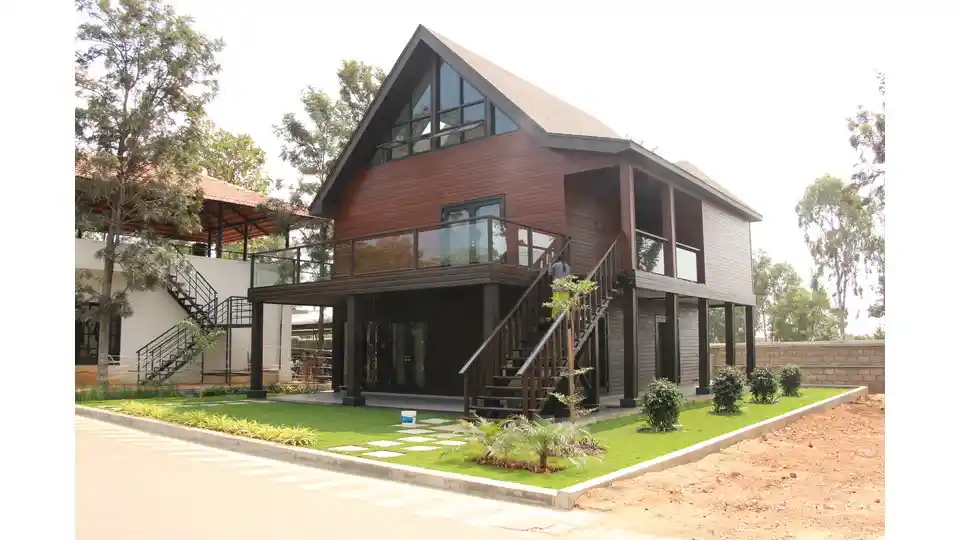
Canadian Wood species have consistently been making a significant architectural impact in the Indian as well as the overseas construction industry. Species such as Douglas-fir and western red cedar, have gained significant prominence in modern architecture specifically in high-rise buildings.
Cross-laminated timber (CLT) and glulam, both produced from Douglas-fir, are increasingly being preferred over steel and concrete as a reliable building material in high-rise construction projects due to their durability and aesthetic appeal. Moreover, North American-style wooden houses are becoming increasingly popular in the domestic market which only shows a growing inclination towards natural and environmentally friendly building materials.
Sustainable solutions

Sustainability remains the core principle of innovations for responsibly sourced Canadian Wood manufacturers like B.C. Canada. Its forests are managed under strict environmental guidelines, making sure that the wood used in construction and design remains a renewable resource. The use of high-quality Canadian Wood in building and construction projects contributes to carbon sequestration which helps to mitigate the harmful impacts of climate change by trapping carbon dioxide. Also, this wood provides superior thermal insulation and an aesthetic vibe as seen in the aforementioned architectural projects. Additionally, companies are leading the way by producing advanced wood products that balance ecological responsibility with cutting-edge design and functionality thereby setting high sustainability standards.
Creative applications
The innovative applications of Canadian Wood species extend beyond structural and aesthetic functions. Sports facilities have incorporated intricate wooden lattices crafted from western hemlock, showing the material’s flexibility in creating beautiful and complex designs. Many Indian schools have used Canadian wood species like yellow cedar and western red cedar to create playground equipment These days, architects and designers are trending towards reclaimed barn wood and old-growth Canadian wood as building materials by using them in designing the interiors of offices and restaurants.
Conclusion
As we transition into the world of modern technology, one can certainly anticipate even more creative and sustainable uses of Canadian Wood species in modern design. This evolution marks a future where Canadian Wood continues to contribute to environmentally friendly and aesthetically pleasing architectural solutions, encouraging sustainability and beauty.
The elegance of interior furniture made from Canadian Wood species
Selecting the right kind of wood can make or break the aesthetic look and significantly impact the functional qualities of yo



